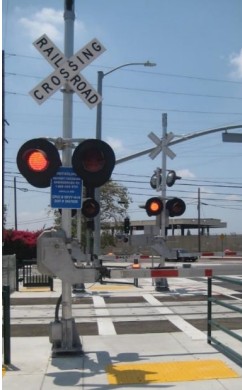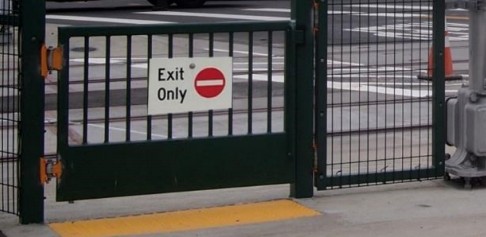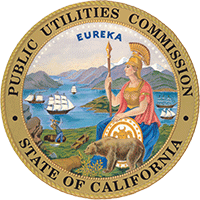Keeping Californians Safe at Rail Crossings: How the CPUC Protects Pedestrians

Picture this: you’re walking home from school, pushing a stroller to the grocery store, or guiding your parent with a cane across the railroad tracks near your local station. In that moment, the difference between a safe journey and a dangerous one comes down to whether the crossing is designed with you in mind.
That’s where the CPUC’s Rail Safety Division comes in. Every day, their inspectors and engineers work behind the scenes to make rail crossings safer for the millions of Californians who walk, bike, or use mobility devices near train tracks. Their new Guidance on Pedestrian Treatments for Rail Crossings (2025) lays out clear, people-focused solutions for communities across the state.
Designing Crossings for Real People
Rail crossings are more than just pavement and steel. They’re places where real people interact with massive, fast-moving trains. The CPUC’s updated guidance emphasizes making crossings accessible for everyone, whether you’re in a wheelchair, pushing a stroller, or just trying to get home safely.
The report highlights the use of pedestrian automatic gates (arms that lower across the walkway when a train is approaching) paired with flashing lights and loud bells. These gates create a strong physical barrier but also provide escape routes through emergency swing gates, ensuring that no one is trapped on the tracks.


Pedestrian automatic gates lower when a train approaches, while swing gates provide safe exits in emergencies.
Small Design Choices, Big Safety Impacts
It’s not just the gates that matter. Details like the angle of the crossing, the smoothness of the surface, and even the width of the sidewalk can make all the difference. A smoother crossing surface helps prevent wheels from getting stuck; detectable warning tiles with raised bumps alert people with low vision that tracks are ahead; and clear pavement markings like the word “LOOK” with arrows remind everyone to check both ways before stepping forward.

Simple pavement markings remind pedestrians to stop and look both ways before crossing.
Why This Matters to You
For most of us, trains are part of the backdrop of daily life, something we notice only when we’re stopped at the tracks. But the CPUC’s work ensures that every crossing, whether near a school, bus stop, or shopping mall, is designed with people at the center.
This isn’t just about rules and regulations. It’s about making sure your child can get to class safely, your neighbor can cross with their walker, and your evening walk ends with peace of mind, not a near miss.
Moving Forward
The CPUC’s Rail Safety Division continues to raise the bar on pedestrian safety, updating practices as new technologies and community needs emerge. Their new guidance is more than a technical manual, it’s a commitment to making California’s rail crossings safer, smarter, and more accessible for everyone.
By Taseen Shamim, Public Information Officer
